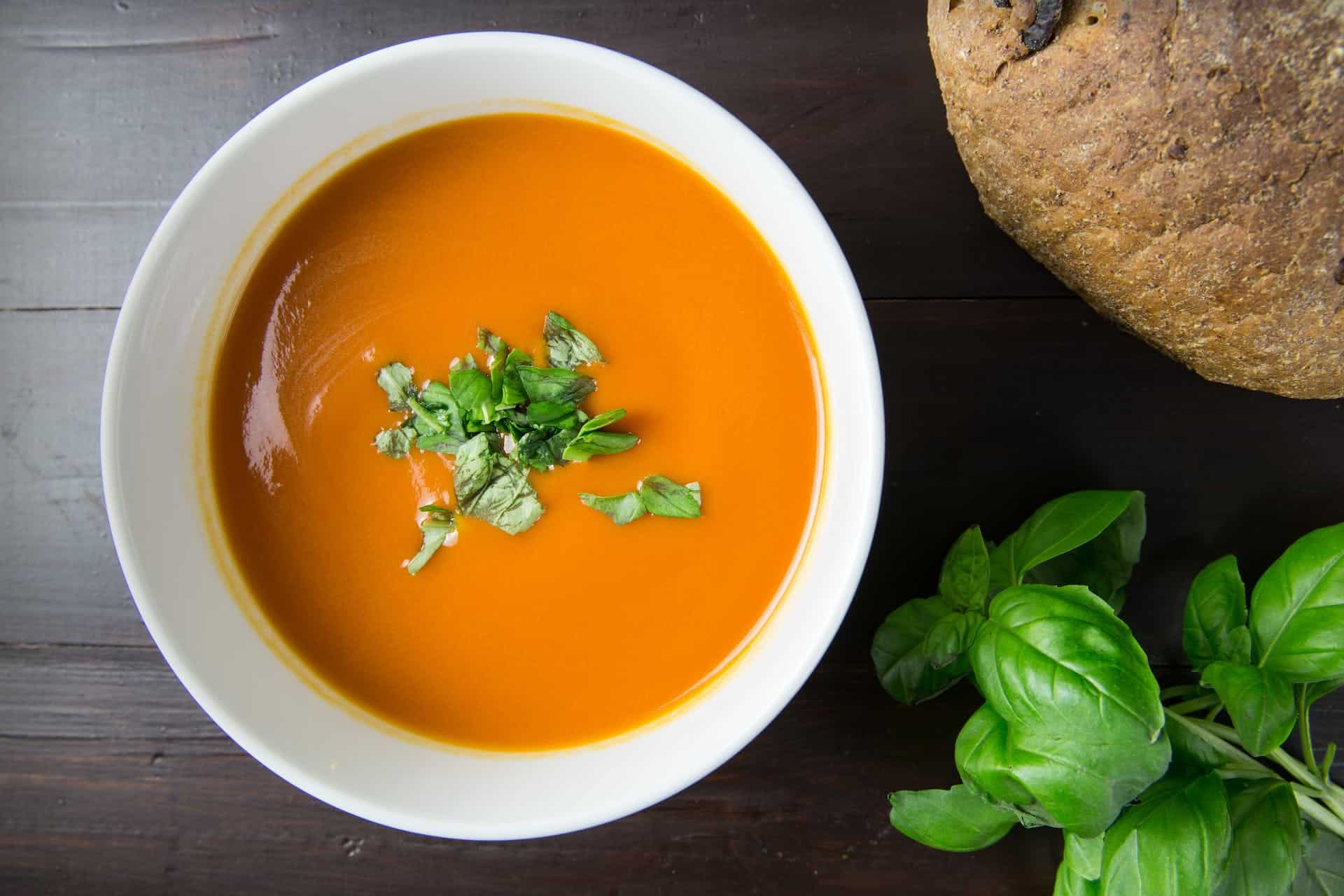Mastering the art of french soups and stews

French cuisine is often held as the gold standard in the culinary world, and for a good reason. The French are known for their meticulous methods, their focus on quality ingredients, and their love for time-honoured traditions. However, you do not have to be a culinary expert to savour or even create these savoury delights. Today, we are going to delve into the world of French soups and stews, offering you tips, tricks, and recipes to help you make these warm, hearty dishes right in your own kitchen.
The Basics of French Soup Making
Before we delve into specific recipes, it’s important to understand the basics of French soup making. Many French soups are built on a base of sautéed onions and garlic, slowly cooked to bring out their natural sweetness. The addition of fresh or dried herbs adds depth to the flavour.
Lire également : The secrets of baking flawless pies and tarts
Start by heating a small amount of butter or oil in a large pot. Add your chopped onions and garlic, and allow them to cook until they begin to soften and turn translucent. From there, you can add other ingredients to create a variety of different soups.
French soup recipes often call for a type of broth or stock as a base. The stock could be vegetable, chicken, beef, or fish, depending on the soup. When making your soup, remember to make sure your stock is of high quality – the taste of your finished soup will depend heavily on it.
Avez-vous vu cela : The ultimate guide to homemade nut butters
Mastering the Art of Onion Soup
One of the quintessential French soups is the classic French Onion Soup. Its history dates back centuries, yet it is just as popular today. The magic of this soup lies in the simplicity of its ingredients and the depth of flavour achieved through slow and patient cooking.
You begin with onions, lots of onions. They are thinly sliced and then caramelised over low heat for about 40-50 minutes until they are a rich, dark brown. This process isn’t rushed; it’s a labour of love.
The onions are then deglazed with a generous splash of wine, after which a high-quality beef stock is added, and the soup simmers until everything melds together. The final touch is a slice of crusty bread topped with cheese, toasted under a broiler until bubbly and brown. This soup is a wonderful combination of sweet, savoury, and cheesy goodness, a true testament to the power of simplicity in French cooking.
The Delight of Julia Child’s Bouillabaisse
When it comes to mastering French cooking, there is no better teacher than Julia Child. Her recipe for Bouillabaisse, a traditional Provencal fish stew, is a classic example of her meticulous approach to cooking and love for quality ingredients.
To make Julia’s Bouillabaisse, you will need a variety of fresh fish and shellfish. Start by making a broth with onions, garlic, tomatoes, and a bouquet garni. This broth is then strained and added back to the pot with the fish and shellfish, simmered until cooked through.
The trick with Bouillabaisse is to ensure that each type of seafood is cooked perfectly, which is why Julia recommends adding each kind in stages, starting with the ones that take the longest to cook. Once the seafood is cooked, the soup is served with a side of rouille, a spicy garlic and saffron mayonnaise, and crusty bread.
Cream Soups: A French Staple
Cream soups are a staple in French cuisine. They are simple to make and can be made from a variety of ingredients, from vegetables to seafood. The key to a good cream soup is to use fresh, high-quality ingredients and to not over-thicken the soup with cream.
To make a basic French cream soup, start by sautéing onions and garlic in butter until soft. Add the main ingredient (like mushrooms, asparagus, or potatoes) and cook until tender. Add stock, bring to a boil, then reduce heat and simmer until the ingredients are very soft.
After the soup has simmered, puree it until smooth. You can then add cream, but remember, the goal is to enhance, not overpower the flavours of your soup. After adding the cream, heat the soup gently until it’s hot, but do not let it boil.
The Rustic Charm of French Stews
If there is one dish that captures the rustic charm of French cuisine, it is the stew. From the hearty Boeuf Bourguignon to the comforting Coq au Vin, these dishes are a testament to the French’s mastery in turning simple ingredients into soul-satisfying meals.
Most French stews start with a base of onions and garlic, sautéed until soft. Meat is then browned in the same pot, followed by the addition of vegetables and herbs. A liquid, usually wine or broth, is then added, and the stew is left to simmer for hours until the meat is tender and the flavours have melded together.
As with soups, the key to a great stew is patience. The slow cooking process allows the flavours to develop and the meat to become melt-in-your-mouth tender. So take your time, enjoy the process, and soon, you’ll be creating French stews that are every bit as delicious as those found in a Parisian bistro.
In the end, we hope that these tips and recipes have inspired you to try your hand at French soup and stew making. Remember, French cooking is as much an art as it is a science – so don’t be afraid to experiment, adapt, and most importantly, have fun in the process.
The Evolution of the French Soup and Stew
The art of French cooking, particularly soups and stews, has evolved significantly over the centuries, shaped by socio-economic changes and cultural influences. The French cook has always been aware of the changing seasons and regional differences, using local produce to create soups and stews that are unique to their region.
In the early days, soups and stews were considered peasant food, designed to stretch a small amount of meat over several meals. However, as French cuisine developed, chefs began to experiment with different ingredients and techniques, elevating these humble dishes to new culinary heights.
For instance, the classic French Onion Soup, a staple in many French households, was initially a simple broth with onions and bread. However, it evolved over time to the rich, cheesy version we know today, thanks to the influence of French chefs like Julia Child and Louisette Bertholle.
Similarly, stews like Boeuf Bourguignon and Coq au Vin, which were once considered peasant food, have evolved into gourmet dishes served in the finest French bistros. What hasn’t changed, though, is the love and care that goes into making these dishes, a testament to the mastering art of French cooking.
The Impact of French Soups and Stews Worldwide
The influence of French cooking, especially its soups and stews, has extended far beyond France’s borders. Countries like the United States have embraced French culinary techniques, with many chefs incorporating them into their cooking.
For instance, Julia Child, Louisette Bertholle and Simone Beck, authors of the influential cookbook "Mastering the Art of French Cooking," were instrumental in introducing French cooking techniques to the United States. Their recipes, including those for soups and stews, have become staples in many American households, showcasing the versatility and appeal of French cuisine.
Moreover, the popularity of French Onion Soup and Bouillabaisse has spread globally, with restaurants worldwide featuring these dishes on their menus. The techniques used in making these soups, from slow-cooking onions to creating a rich seafood broth, have also influenced the way many other cuisines prepare their dishes.
Conclusion: Embracing the French Soup and Stew Making Art
The art of French soup and stew making is a reflection of French culture itself – it is sophisticated, rich in tradition, and focused on quality. Whether it’s the comforting depth of a French onion soup, the hearty robustness of a Coq au Vin, or the delicate balance of flavours in a Bouillabaisse, these dishes embody the essence of French cooking.
Mastering this art requires patience, care, and a deep appreciation for the ingredients at hand. It’s about understanding the delicate balance of flavours and the value of time-honoured cooking techniques. But above all else, it’s about the love of good food and the joy it brings to the table.
So, in the spirit of Julia Child, Louisette Bertholle, and Simone Beck, we encourage you to embrace the art of French cooking. Let their passion inspire you, their techniques guide you, and their love for French cuisine fuel your culinary journey. Remember, as Child herself once said, "The only real stumbling block is fear of failure. In cooking, you’ve got to have a what-the-hell attitude." So take a leap of faith, grab your soup ladle, and start mastering the art of French soups and stews. You may be surprised by what you can achieve.
